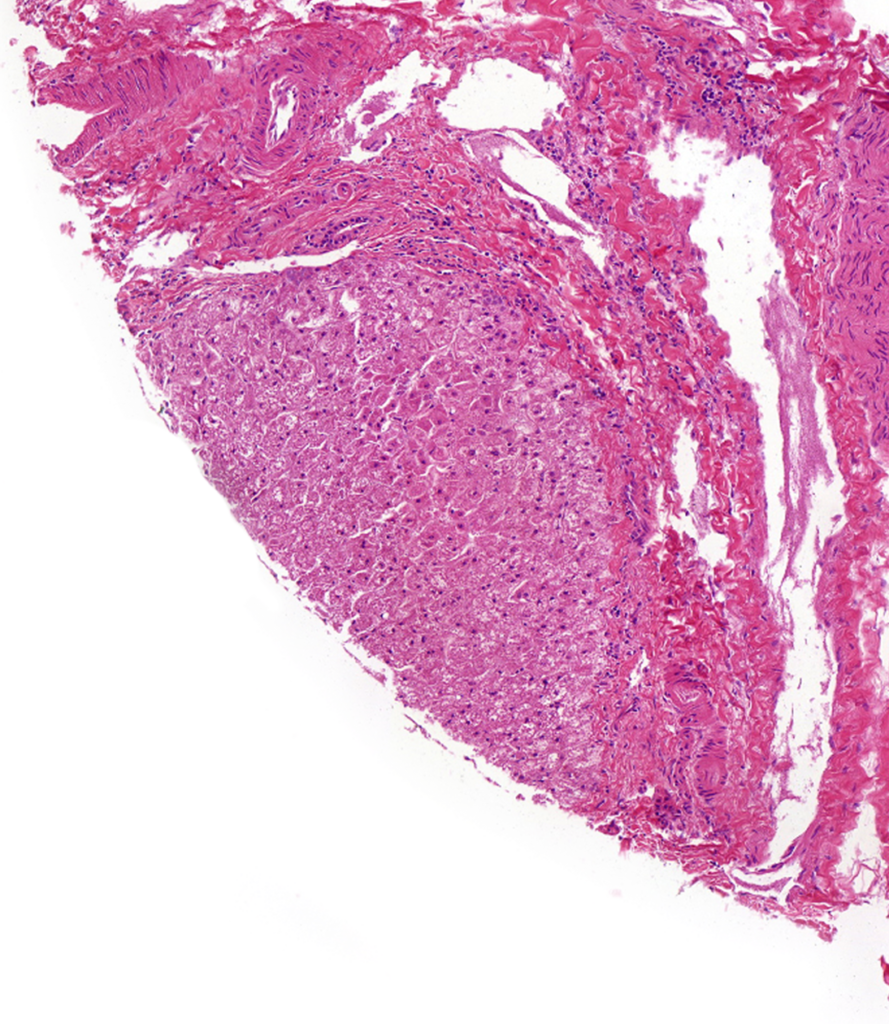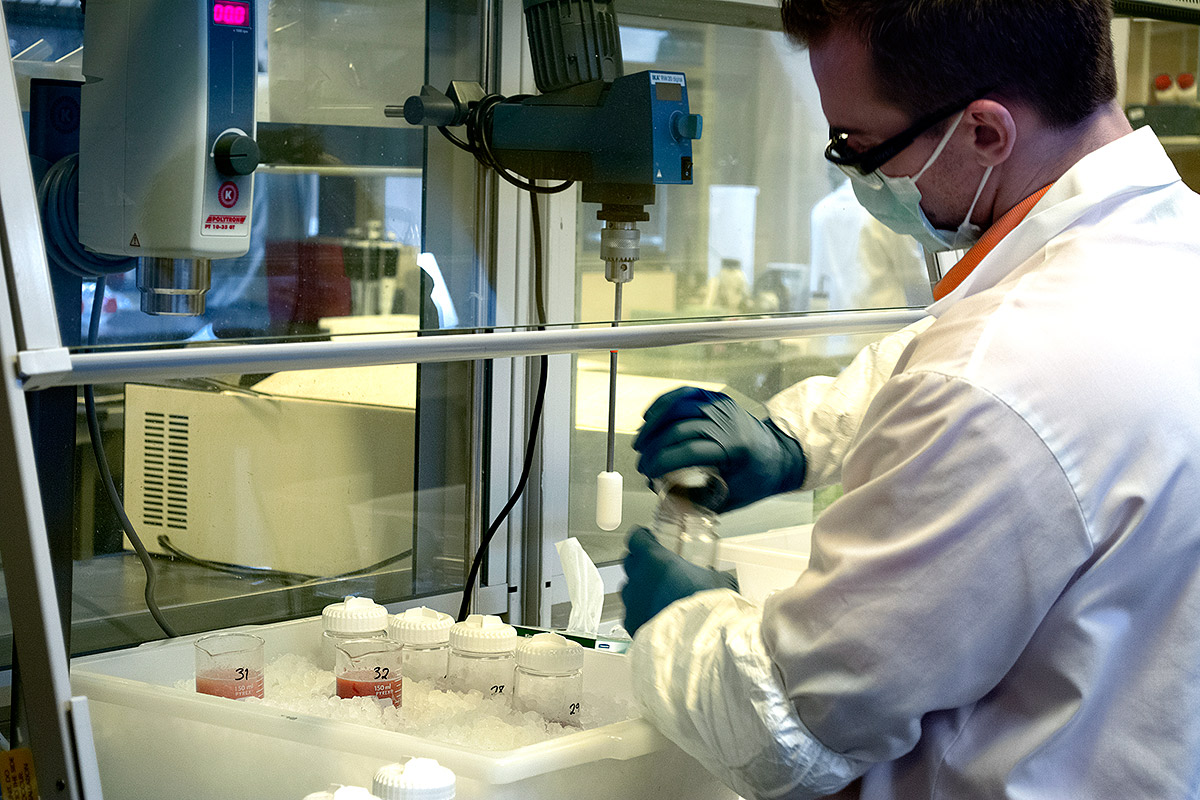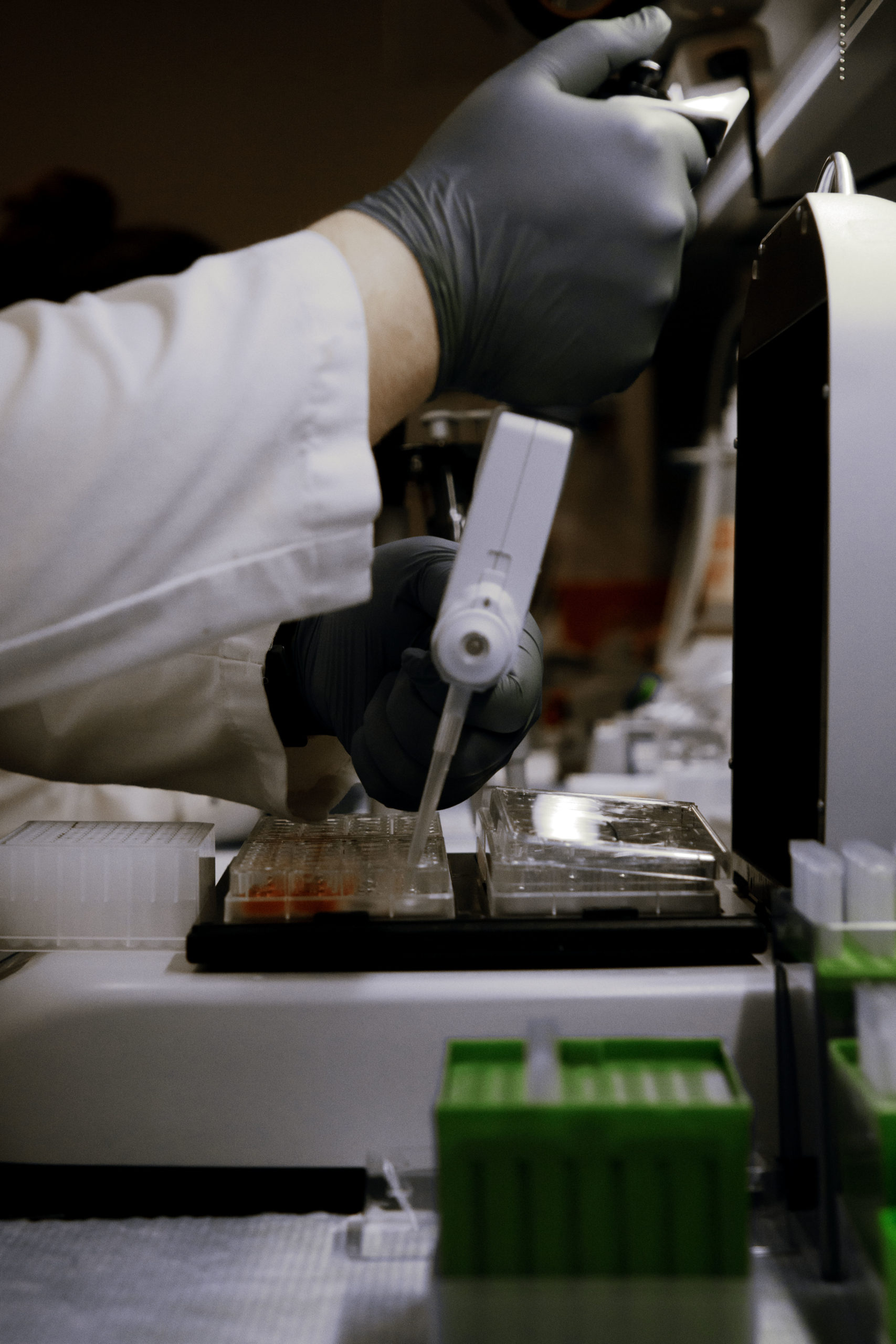S9 fraction is a mixture of unfractionated microsomes and cytosol containing a wide variety of drug-metabolizing enzymes and is commonly used as a preferred test system in several in vitro ADME (Absorption, Distribution, Metabolism, and Excretion) studies investigating phase I and phase II metabolism of a drug compound.

Pooled Human Liver S9 Fraction
S9 fractions are supplied at a concentration of 20 mg/mL, in 50 mM TRIS-HCI, (pH 7.4 at 4ºC) containing 150 mM KCI and 2 mM EDTA.
Available Human Liver S9 Fraction
- 10-donor Male (1 mL)
- 10-donor Female (1 mL)
- 20-donor Mixed Gender – High AO/XO Activity (0.5 mL)
- 50-donor Mixed Gender (0.5 mL)
- 50-donor Mixed Gender (1 mL)
- 50-donor Mixed Gender (5 mL)
- 50-donor Mixed Gender (50 mL)
- XTreme 200-donor Mixed Gender (0.5 mL)
- XTreme 200-donor Mixed Gender (1 mL)
- XTreme 200-donor Mixed Gender (5 mL)
- XTreme 200-donor Mixed Gender (50 mL)
Disease State S9 Products
Custom Pooling
If your study has specific donor requirements, tailored pooling is available through our designated Custom Products team. Individual human liver subcellular fractions can be selected according to metabolic activity, and demographically-defined pools (age, ethnicity, disease state, etc.) can be ordered by submitting a Custom Preparations request.
Our Approach to S9 Fraction Preparation
We offer human liver S9 products with matching microsomal and cytosolic fraction donor pools for inter-study consistency and easier correlation between test systems within your preclinical assays. We also now offer donor pools that have been prepared to preserve high AO (aldehyde oxidase) and XO (xanthine oxidase) activity without significantly impacting major cytochrome P450 (download our 2017 poster for details).
Our products team is committed to providing you the best quality when it comes to in vitro DMPK test systems. We have optimized our S9 options for the following features:
- Matching microsomes, S9, and cytosol for most donor pools
- Large donor pools minimize lot-to-lot variation and increase the long-term availability of each lot.
- Extensively characterized using validated LC-MS/MS methods
Make sure your S9 fractions are properly activated
For best results from assays using microsomes and S9 fractions, we recommend using NADPH regeneration to support high metabolism levels by ensuring that the NADPH levels are not a limiting factor in your incubations. Our preferred system, RapidStartTM , uses an enzymatic reaction that converts NADP to NADPH, which is then used as a cofactor by cytochrome P450 enzymes (CYPs) and oxidized back to NADP, and the cycle continues ensuring stable NADPH levels throughout the incubation. RapidStartTM NADPH regeneration is easily activated by simply adding water. Our easy-to-use formula is the most convenient and flexible NADPH regenerating system you’ll find, allowing users to easily tailor the system’s capability by simply varying the amount of water added. RapidStartTM is perfect for long- and short-term incubations and supports the function of recombinant enzymes and subcellular fractions, allowing you to achieve the most accurate and reliable data during your in vitro assays.
Using human liver S9 to investigate biotransformation by aldehyde oxidase (AO)
Get our VP of Consulting Dr. Brian Ogilvie’s take on using in vitro methods to investigate Aldehyde Oxidase clearance and lot-to-lot variability.
With this approach, drug candidates can be evaluated in vitro in S9 or cytosol and the predicted in vivo clearance can be qualitatively ranked from low- to high-clearance
Dr. Brian Ogilvie
Watch the webinar and download the slides for free: Aldehyde Oxidase: Why In Vitro Absolute Activity Doesn’t Matter featured in the Access ADMETM Scientific Resources portal
More Related Downloadable Content
Poster: Selection of human liver S9 and cytosol fractions for evaluating clearance by aldehyde oxidase (AO)

